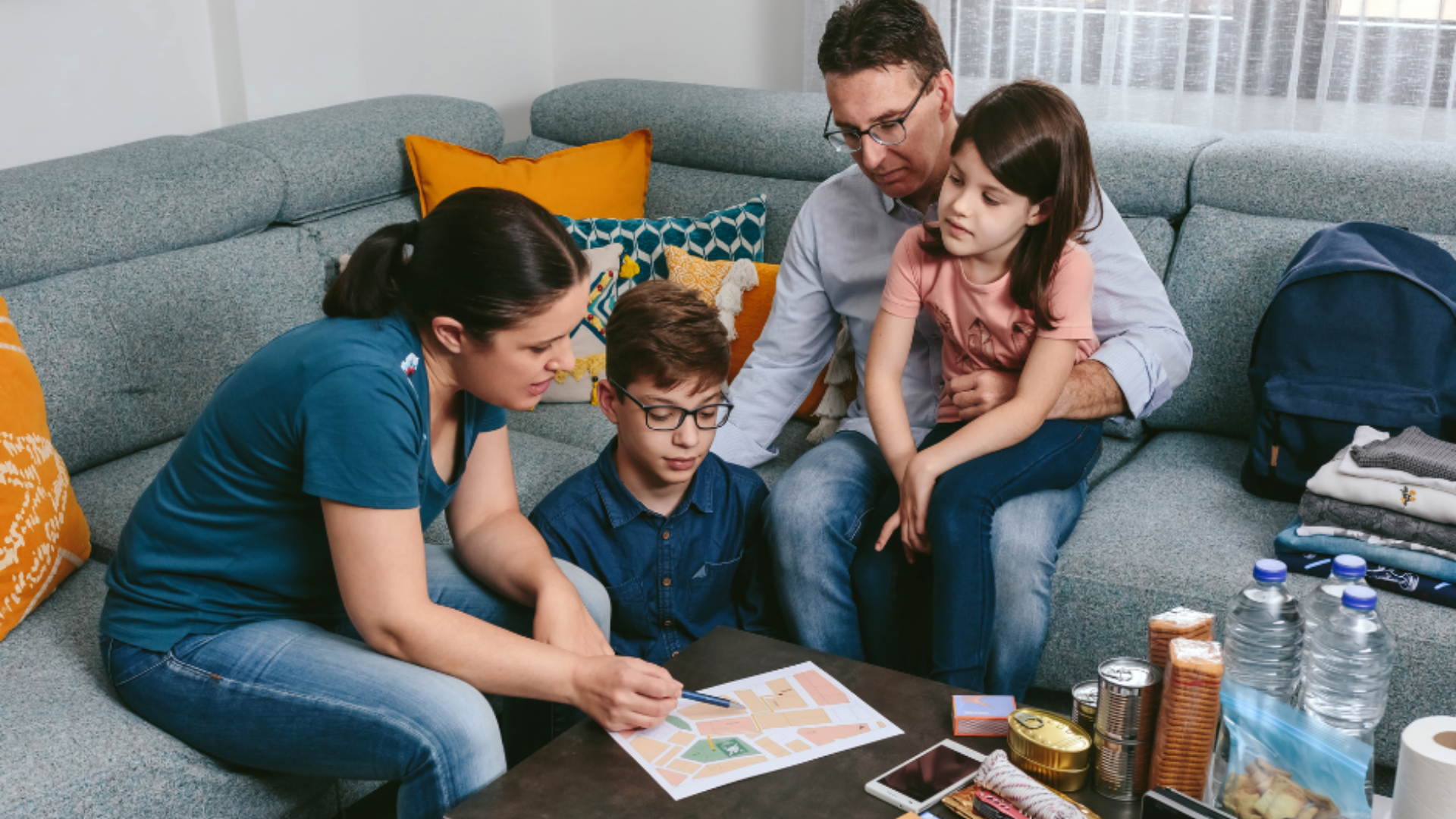Flooding occurs when water overflows onto normally dry land. This can happen due to heavy rain, snowmelt, rapid ice thaw, or the overflow of rivers, streams, or other bodies of water. Flooding can be localized or widespread, and it can cause significant damage to homes, businesses, infrastructure, and agriculture. Floods can occur slowly over many days or can happen very quickly with little or no warning.
Flash Flooding is a rapid and extreme flow of high water into a normally dry area, or a rapid rise in water levels in a stream, river, or drainage channel that can occur within minutes or hours of heavy rainfall or other intense water buildup. Flash floods are typically characterized by their unpredictability, speed, and destructive power. They can pose a significant threat to life and property, and they often occur in low-lying areas, near rivers and streams, and in urban areas with poor drainage systems.
Flooding is the most common natural hazard in Anne Arundel County and makes up 90% of all natural disasters in the United States. Flooding also causes more economic damage and loss of life and property than any other natural hazard. That is why it is extremely important to prepare for flooding before it occurs.

Before a Flood
Individuals and businesses can take several proactive steps to prepare for floods and minimize potential damages including:
- Staying informed about flood risks in your area by signing up for Alert Anne Arundel.
- Using the Maryland Flood Risk Application to assess whether your property is in a high-risk zone.
- Creating an emergency plan that includes evacuation routes, designated meeting points, and a communication strategy for family members or employees. For more information on creating an emergency plan, check out our Guide to Emergency Preparedness.
- Educating family members or employees about flood risks and emergency procedures to ensure their safety.
- Assembling an emergency kit with essential supplies like food, water, first aid supplies, and important documents. For more ideas on what to add to your emergency kit, check out our “Build a Kit” video.
- Storing important documents, such as insurance policies, financial records, and customer information, in waterproof containers or off-site locations.
- Regularly backing up important data and storing it in a secure off-site location.

You should also protect your property by taking the following steps:
- Installing flood-resistant barriers.
- Sealing windows and basement walls.
- Elevating critical equipment or utilities above potential flood levels.
- Install a sump pump to help remove water that accumulates in the basement or lower levels of your home for business.
- Securing fuel tanks to prevent them from floating and causing damage during a flood.
- Using sandbags to create a barrier around your home or business to divert water away from the foundation.
- Keeping gutters and downspouts clear of debris to ensure proper drainage away from your home.
- Using plants and landscaping materials that can withstand flooding and help absorb water.
Purchasing flood insurance to protect your home and belongings in case of a flood. Just remember that regular homeowner's insurance typically does not cover flood damage.

During a Flood
When faced with a flood, prioritize your safety by staying informed about the situation through local news and emergency alerts.
- If authorities instruct you to evacuate, follow their instructions quickly, taking your emergency kit and important documents with you.
- Never drive around barricades. Local responders use them to safely direct traffic out of flooded areas.
- Do not walk, swim, or drive through flood water. Turn around. Don’t Drown. Just six inches of fast-moving water can knock you down, and one foot of moving water can sweep your vehicle away.
- Seek higher ground if evacuation is not possible. If trapped in a building, go to its highest level unless it is a closed attic. You may become trapped by rising flood water. Go on the roof only if necessary to signal for help.
- Shut off gas, electricity, and water mains if you suspect flooding is imminent to prevent damage and reduce the risk of fire.
- Avoid walking or driving through floodwaters, as they may be contaminated or hiding dangerous debris. Just six inches of moving water can knock you off your feet, and a foot of water can sweep your vehicle away.

Don’t forget about your furry friends. Use these tips to help keep your pets safe during flooding events:
- Keep your pets inside with you during a flood to ensure their safety.
- Keep your pets on a leash or in a carrier to prevent them from running away if they become frightened.
- If you need to evacuate, take your pets with you. Do not leave them behind.
- Make sure your pets are wearing collars with identification tags and have microchips with up-to-date information.
- Keep an eye on your pets for signs of stress or illness during and after the flood.
- Keep your pets away from floodwaters, which can be contaminated and dangerous.
For more information visit our Pet Preparedness webpage.

After a Flood
- Listen to local authorities for information and instructions
- Be aware of potential hazards such as downed power lines, contaminated water, and weakened structures after the floodwaters recede.
- Avoid driving if possible and avoid wading in flood water, which can contain dangerous debris and contaminants.
- Do not touch electrical equipment if it is wet or if you are standing in water. If it is safe to do so, turn off the electricity to prevent electric shock. Underground or downed power lines can also electrically charge water.
- Wear heavy gloves and boots during clean-up.
- Use a generator or other gasoline-powered machinery ONLY outdoors and away from windows.

Cleaning up after a flood, including addressing mold and damage, requires careful steps. Use these tips to clean up safely:
- Wear protective gear
- Remove standing water using pumps or buckets, then dry out the area with fans and dehumidifiers.
- Clean and disinfect surfaces and belongings that came into contact with floodwater using detergent and bleach solutions.
- Address mold growth by hiring professionals if needed.
- Dispose of damaged materials.
- Maintain proper drying and ventilation.
Monitor the area for signs of moisture or mold growth and take prompt action. For more information about cleaning up mold after a flood visit the Center for Disease Control and Prevention (CDC) website.

